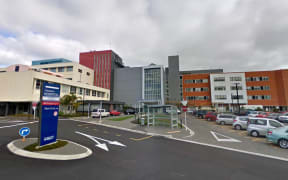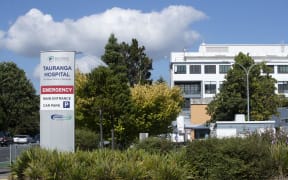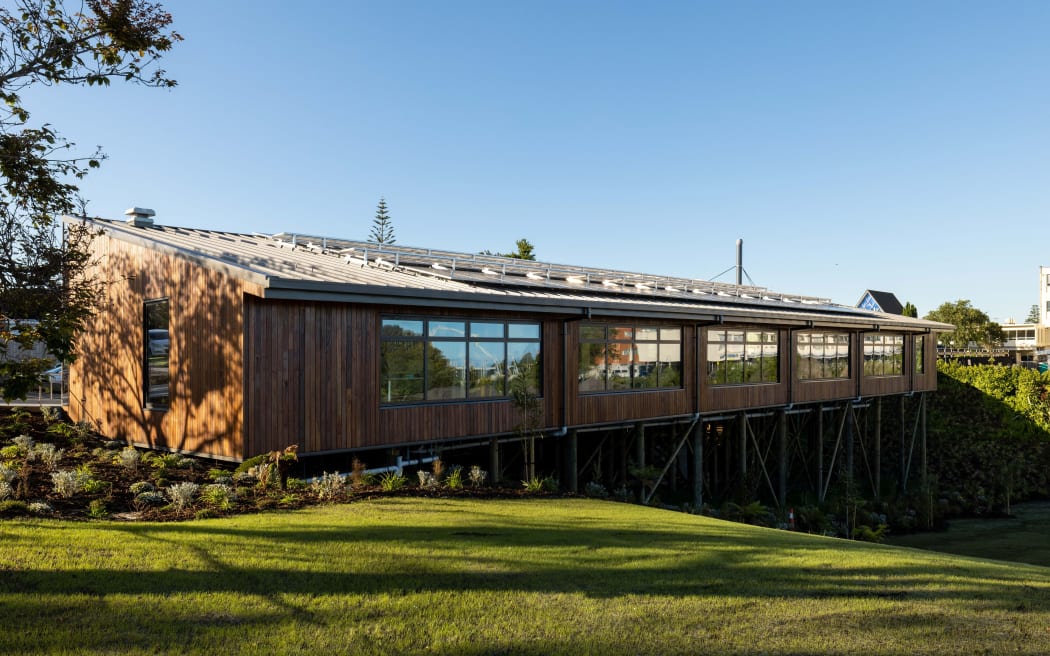
The new renal unit which is solar powered has been built adjacent to the main hospital. Photo: Supplied / Taranaki Base Hospital
Taranaki Base Hospital's new $13 million renal unit has been gifted the name Te Huhi Raupō to Te Whatu Ora, on behalf of Ngā Iwi o Taranaki and Taumaruroa.
It was opened by Minister of Health Dr Ayesha Verrall today.
Wharehoka Wano, Tumu Whakarito Te Kāhui o Taranaki told the opening ceremony raupō (also know as bullrush) was a resilient plant whose stalks grew tightly together for mutual support.
"It bends before the wind and rain before rising once more when the storm has passed. In the same way, Te Huhi Raupō will provide support and shelter for the patients who come there, helping them to weather the storms they are experiencing and rise again after treatment."
Taumaruroa: (made up of mana whenua Ngāti Te Whiti and the eight iwi of Taranaki) is part of the Project Maunga project steering group, and the Tiriti partner for the project.
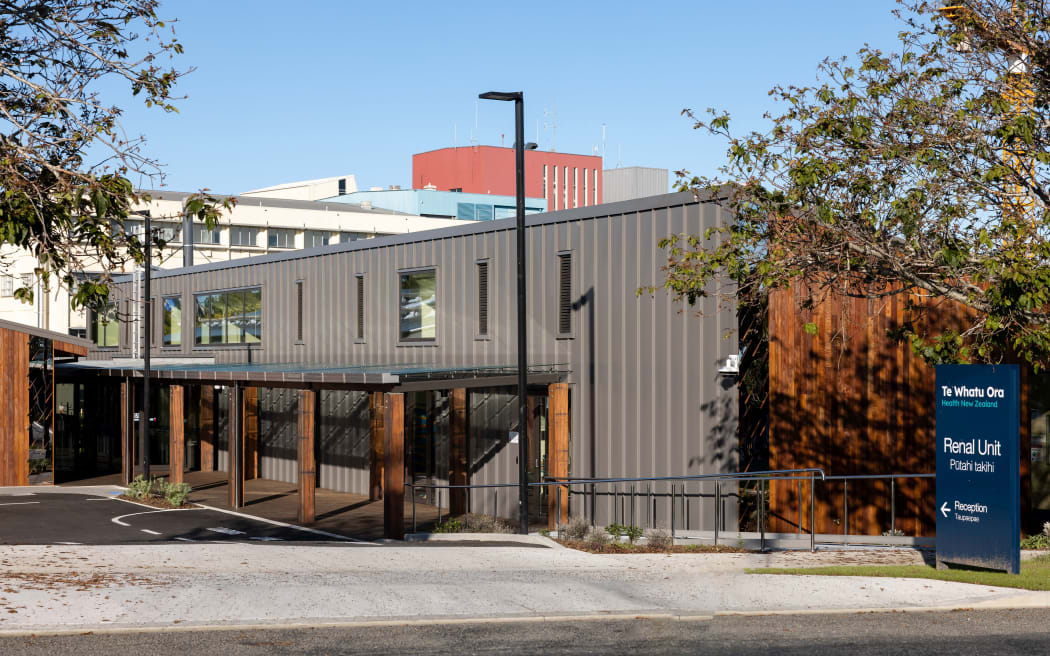
Photo: Supplied / Taranaki Base Hospital
Te Huhi Raupō is the first element to be completed of a $400 million rebuild project at Taranaki Base Hospital known as Project Maunga Stage 2. Stage 1, the Acute Services Building, was opened in June 2014.
New Plymouth Mayor Neil Holdom said the staff at Taranaki Base worked really well with the facilities that they had but deserved the best there was to offer.
He said when people had complications they were generally sent to one of the larger hospitals in Wellington, Auckland and Hamilton, so he hoped the new facility would reduce travel out of the region to get treatment.
"It's a really positive sign and we acknowledge that the government is making a really significant investment in Taranaki and they're to be applauded for that."
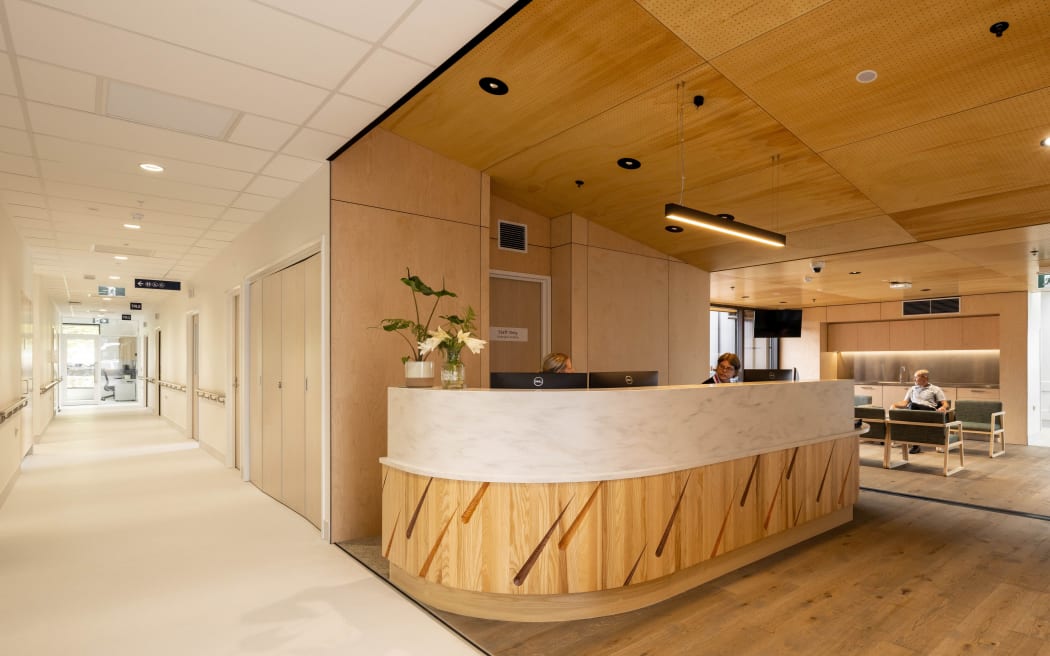
An emphasis has been put on top design. Photo: Supplied / Taranaki Base Hospital
Verrall said what was particularly impressive about Te Huhi Raupō was the emphasis put on best practice design to create healthy, comfortable, and sustainable spaces in the unit.
"This approach contributes to a better environmental future for all who use it."
The new single-storey 800m2 timber building has 10 patient treatment chairs, two training rooms (to help patients learn to carry out their own care), an isolation room, and a self-care room.
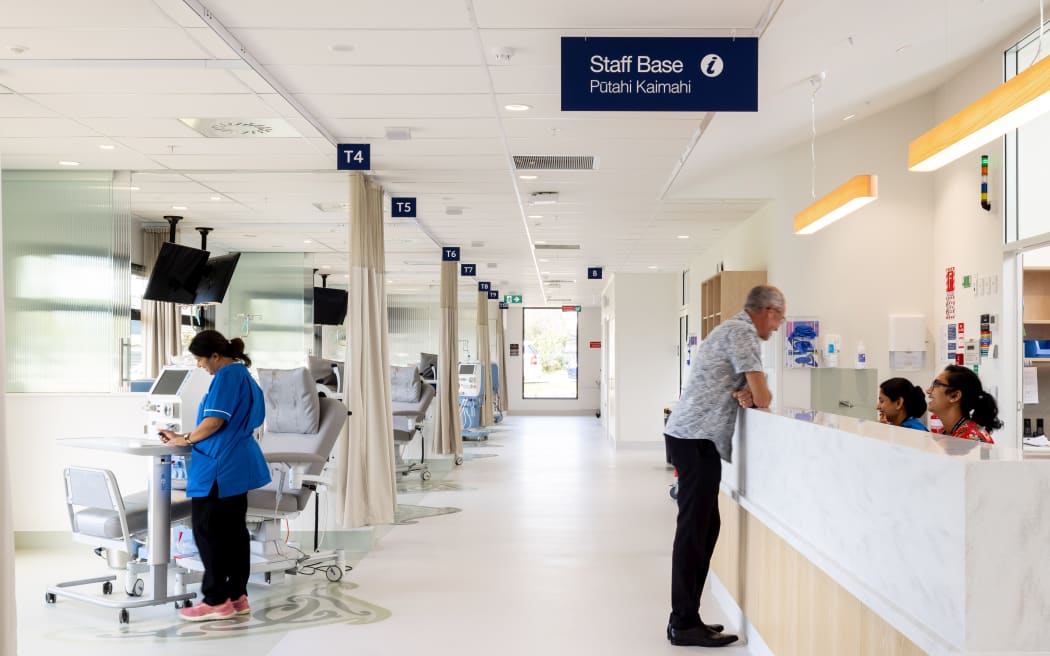
Photo: Supplied / Taranaki Base Hospital
It has been built adjacent to the main hospital, is solar-powered and angled to catch the sun and to allow patients undergoing dialysis treatment to enjoy views over the Tasman Sea. It is connected to the hospital via a walkway.
"I know from my time working in dialysis units that convenient access to integrated health services is important for people who have to spend several hours a week in these facilities," Verrall said.
"That's why three outpatient rooms mean the facility can now accommodate other services such as social work, dietician, podiatry and diabetes for patients, providing wrap-around care."
The staff at the unit cared for about 400 patients, which included those not yet requiring dialysis and transplant patients.
"This represents an exciting time for Taranaki Base Hospital and Te Whatu Ora," Verrall said. "I am confident that the significant investment made in Te Huhui Raupō will be of huge benefit to the Taranaki region."
Verrall said Project Maunga was one of 104 healthcare infrastructure projects worth a total of $6.8 billion that Te Whatu Ora was currently planning and delivering around the motu.
"The government is committed to improving facilities for patients and staff, and this unit gives an insight into the future of healthcare in Taranaki and other regions."
Project Maunga: Stage 2 will also see the construction of the new east wing building, an integrated cancer centre, energy centre, and computer room, along with the upgrade of critical site-wide infrastructure as part of the seismic risk management plan.
It is due to be completed in 2025.
